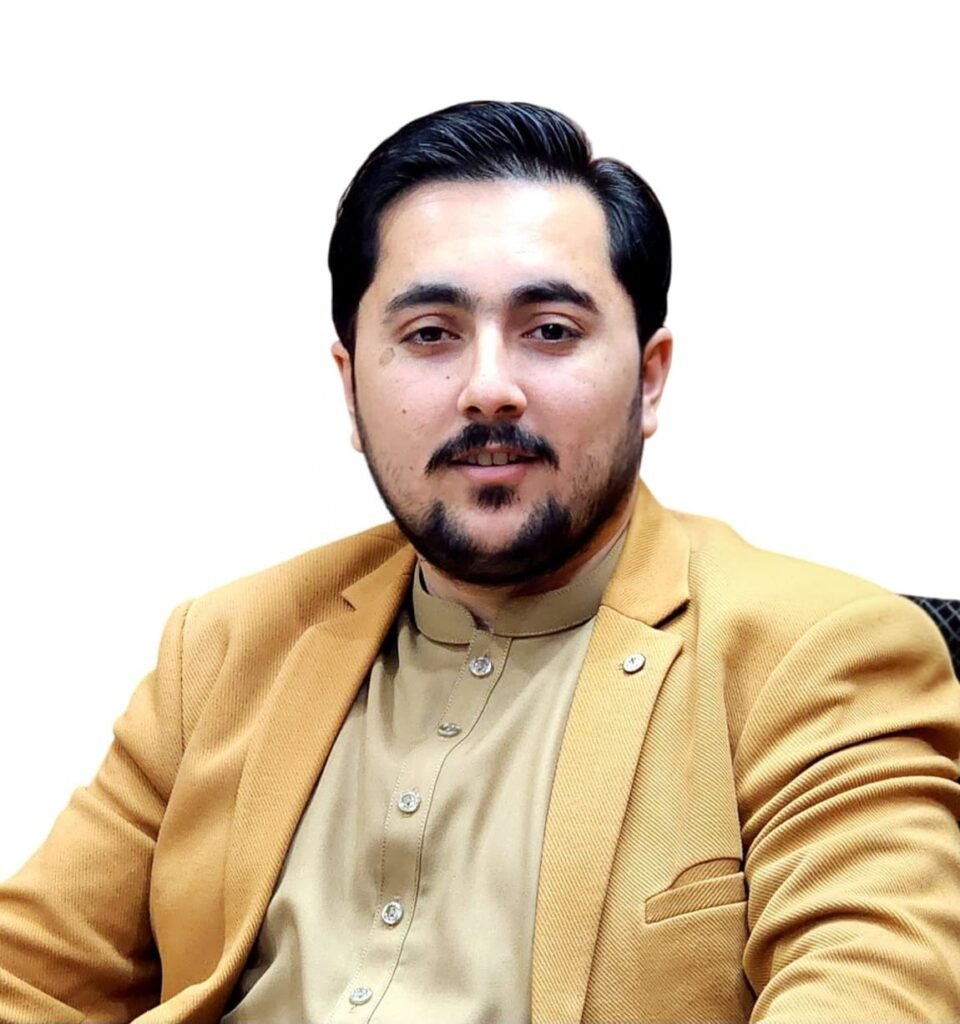
Written by Zafar Ullah,
Student of MS Governance and Public Policy
at Institute of Management Sciences,
Peshawar
The world leaders gathered at the UN in 2015 to incorporate the Sustainable Development Goals (SDGs), they propose an aspirational program to address the world’s paramount challenges including social, economic, and economic by 2030. With inclusive 17 goals and 169 targets, the SDGs are both all-encompassing, demanding a unified strategy that eclipse borders, sectors and communities. Intrinsically is a commitment to diversity and the tenet of leaving no one behind, a foresight that calls justice, equity, and equitable growth on a planetary dimension.
The SDGs have, since their outset, stimulated a wave of policy overhauls, liaison, and investments. Countries such as China have made noteworthy breakthroughs in poverty cutbacks, while global efforts have bettered access and healthcare. The advancement of renewable energy in parts of Asia and Europe stands as a testament to headway on priced-right and clean energy. In 2016, Pakistan’s decision to adopt its own national development agenda was notable milestone, bringing the foundation of the SDG support units across provinces and paving the way for National SDGs Framework. These endeavors, propelled by the UN and other partners, enabled into the fold the goals into policy and planning at different levels.
Yet, beneath these accomplishments hides a nuanced truth. Progress has been patchy, both within and between countries. South Asia and the Sub-Saharan Africa still feel the harshest effects of poverty, and the global progress is lagging to end poverty (SDG 1) and hunger (SGD 2) ahead the target of 2030. The deadly COVID-19 pandemic has exacerbated disparities, resulted in reversing the progress made in health (SDG 3), education (SDG 4), and gender equality (SDG 5). The pandemic disclosed the susceptibilities in public health and education systems, with effecting the students, specifically in rural localities, disproportionately in Pakistan. The 2022 floods further illustrate the delicacy of progress, as millions were forced to flee while infrastructure was destroyed badly, highlighting the imperative necessity for systemic resilience and adaptation.
Environmental objectives present a worse picture, too. Even though, the Paris Agreement and other several international agreements, global greenhouse gas fumes still remain on the rise and climate action (SDG 13) continues to fall short. Catastrophic weather events are becoming occurring more often and biodiversity decline is speeding up, posing a threat to progress on life on land (SDG 15) and also life under water (SDG 14). The strain among economic growth (SDG 8) and sustainable environment is particularly conspicuous in the developing economies, where pressing financial needs often eclipse long-term ecological concerns.
A rigorous scrutiny of the SDGs shows various persistent obstacles in its implementation. The extensive range and complexity of the targets can thin out focus, making it tough for the governments to key objectives and allocate resources. National imperatives, resource shortages and differing political priorities further exacerbate the pace and depth of the progress. The example of Pakistan shows the broader picture. As per the UN Sustainable Development Report of 2024, Pakistan stands at 137/166, with 8 of the 17 targets stagnating and 3 regressing despite the country’ Vision 2025 alignment with the SDGs.
The comprehensiveness of the SDGs also pose challenges. Countries have many differences, capacities and development requirements. A priority for one country may not be that urgent for another, which may lead to disparities in the implementation. For example, the developing countries struggle for basic health, education and infrastructure, while the high income countries may priorities sustainable consumption and production. This discrepancy call for adaptive strategy, including technology transfer, building capacity and fiscal aid.
Gazing forward, to achieve the SDGs will need renewed commitment and innovation. Meaning that stimulating new resources of financial aid, reinforcing collaboration and ensuring substantive involvement of all stakeholders. To fill the persistent gap and react to converging risks, evidence-based policies, enhanced data collection and resilient plans are needed. Encouraging local ownership and strengthening communities to part in the decision-making process might be important for guaranteeing that development endeavors are both significant and sustainable.







